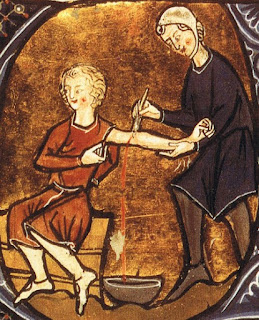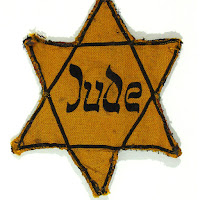The story goes that villagers of Woolpit one day during harvest time found two small children—a boy and a girl—looking scared and speaking in an unknown language. More notable than the unknown language was the fact that they had green skin. The villagers took them to Sir Richard de Calne, who took them in.
The two would not eat any food put before them. This lasted for days, until they saw some green beans growing in the garden and ate them off the plant. Sir Richard kept them with him for years, teaching them English and slowly getting them to eat available food. (Over time the green of their skin faded; it was presumably because of the different diet.)
Once they had learned sufficient English, the children told this story:
“We are inhabitants of the land of St. Martin, who is regarded with peculiar veneration in the country which gave us birth.”
“We are ignorant [of how we arrived here]; we only remember this, that on a certain day, when we were feeding our father’s flocks in the fields, we heard a great sound, such as we are now accustomed to hear at St. Edmund’s, when the bells are chiming; and whilst listening to the sound in admiration, we became on a sudden, as it were, entranced, and found ourselves among you in the fields where you were reaping.”
“The sun does not rise upon our countrymen; our land is little cheered by its beams; we are contented with that twilight, which, among you, precedes the sun-rise, or follows the sunset. Moreover, a certain luminous country is seen, not far distant from ours, and divided from it by a very considerable river.”
The children eventually were baptized. The boy died soon afterward of an unknown cause. Presumably the girl lived until adulthood.
Theories in the Modern Era about the origin of the children range from natives of a fairy world, to abandoned non-English-speaking Flemish orphans who were "green" from malnourishment, to extraterrestrial beings transported here accidentally. There is, of course, no way to know.
What happened to the girl? One 20th-century author believes, based on the family tree of Sir Richard de Calne, that she was named "Agnes" and married the clergyman and scholar Richard Barre. That's as good a reason as any to look at the life of Richard Barre next.



























